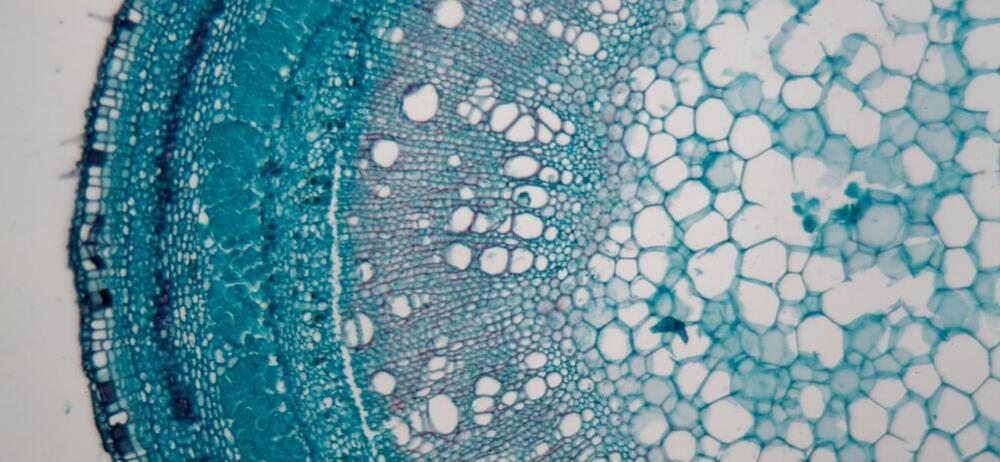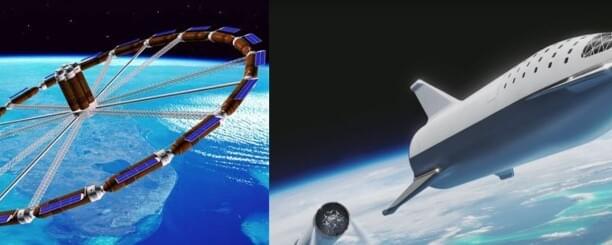NASA has released images of the site from the Moon where Russia’s Luna-25 crashed last month. It revealed that the crash site lies 400 KMS away from the intended landing site of Russia’s lunar probe. It added that the impact of the crash was such that it created a 10 meter crater on the moon. Watch for more details.
#moon #luna25 #russia #nasa #crashsite #lunarsurface #russiamoonmission #images #orbit #roscosmos.
Hindustan Times Videos bring you news, views and explainers about current issues in India and across the globe. We’re always excited to report the news as quickly as possible, use new technological tools to reach you better and tell stories with a 360 degree view to give you a better understanding of the world around you.







